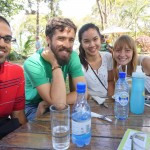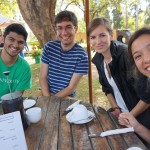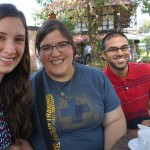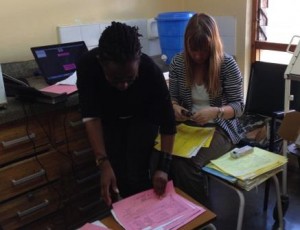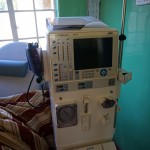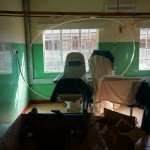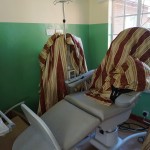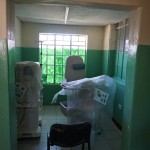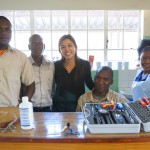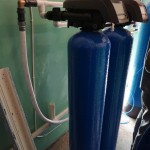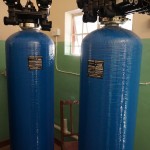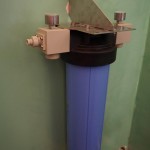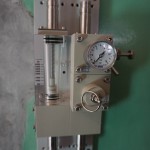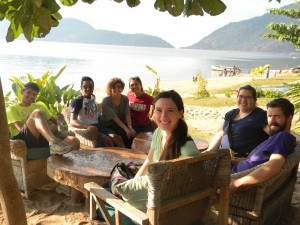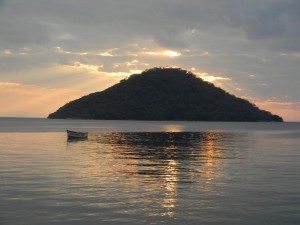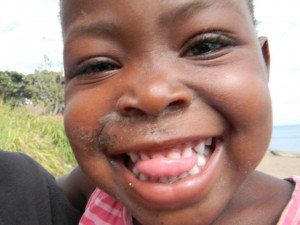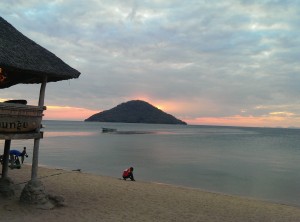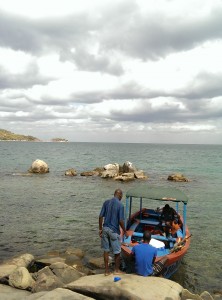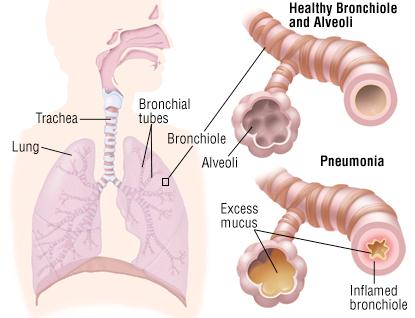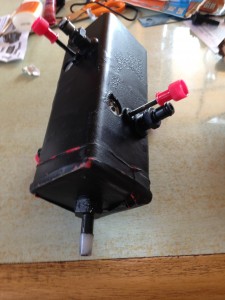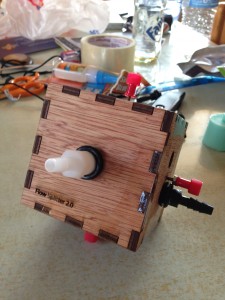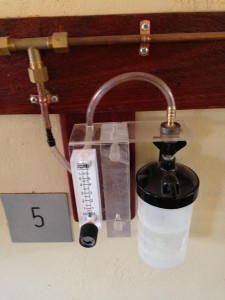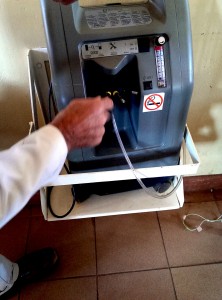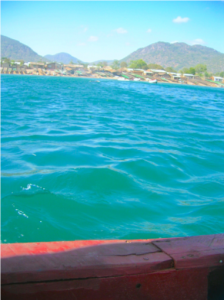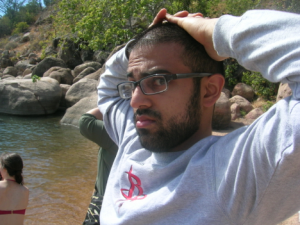Hello from Blantyre! It’s crazy to think that over half the summer is over already. Becky, a Rice alum and current medical student, just left Malawi yesterday after spending a month working at Queen’s. Her departure made realize how much time has gone by.
I’ve spent these past two weeks in Blantyre, working at Queen’s. Although I miss traveling and seeing all the different parts of Malawi, it’s been nice spending time with the people at Queen’s, the other interns, and some other friends we’ve made who are also working in Blantyre. Last weekend we (including our new friends) took an excursion to the beautiful Lake Malawi where we went snorkeling and ate some great food.
But I’ve spent most of my time these past couple weeks in front of a computer, coding. I’m trying to build a program that will generate summary reports from all the CPAP data we’ve been collecting, and while I’ve never programmedd in before, it’s been a fufilling experience learning how to code while working on a meaningful project. All the data we’ve been collecting is stored online in a CSV file. CSV stands for comma separated value, which means that every element of data for each patient (name, hospital, days in hospital, days on oxygen, etc.), is separated from each other by commas. My job is to build a java application that allows the user to parse through this immense amount of data and generate a summary report for each hospital.
As I mentioned in my last blog post, we want to be able to give every district hospital specific information that will help them use CPAP more effectively. By knowing specifically how many babies were put on oxygen or CPAP, the most common diagnoses for those babies, and how many of those babies passed away or were discharged, we think that the hospitals will be able to tailor their practices to be more effective. If there is a large discrepancy in outcome in babies with birth asphyxia who were put on CPAP vs not being put on CPAP, for example, the doctors and nurses will know to place higher emphasis on getting CPAP to asphyxiated babies sooner. As an applied mathematics student, I am a firm believer that good data is an invaluble tool, especially in low-resource settings, because this data can guide the use of limited resources so that they can be the most effective. I think having a program that lets hospitals obtain this data easily can really help improve outcomes.
I’ve also been working with Emily on giving demos of the prototypes we’ve brought with us to the staff at Queen’s. Today we brought an oxygen flow-splitter to the wards. Even though Queen’s already has flow-splitters that work very well, we think that our device can be helpful in other hospitals that can’t afford such nice flow-splitters. Flow-splitters are important because they allow multiple babies to recieve oxygen from one oxygen concentrator by “splitting the flow” and diverting it to multiple tubes. Oxygen concentrators are very expensive and, as we’ve found out, break easily, so the more babies that can benefit from fewer concentrators, the better. Our device allows for up to five babies to recieve oxygen from one concentrator, each being able to get a maximum flow of 2 liters/min. Compared to flow-splitters being used in the US, our device meets the standard for only $5 USD. However, our device isn’t perfect: it leaks and doesn’t regulate the flow very precisely, but the doctors and nurses we’ve shown so far seem excited by the concept.



